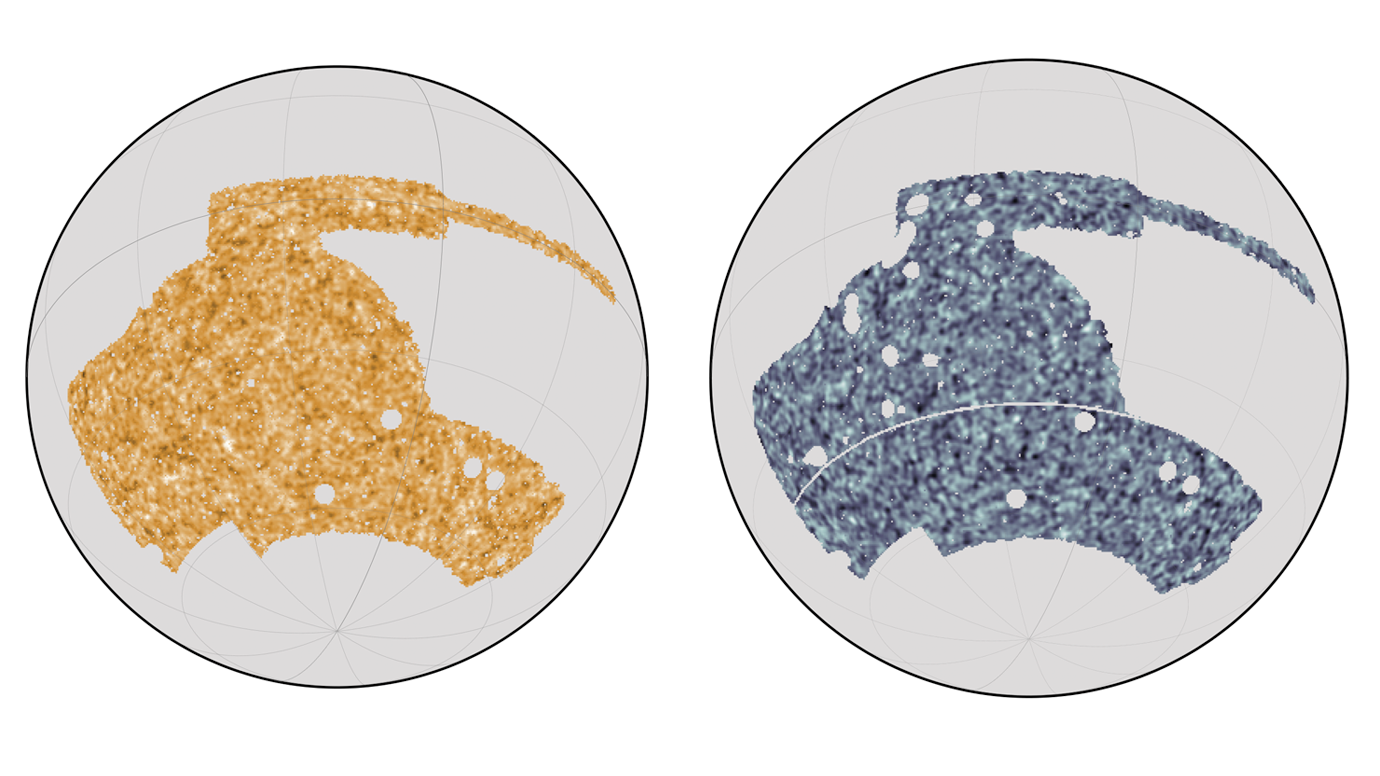
Image courtesy Yuuki Omori
Analysis combines Dark Energy Survey, South Pole Telescope data to understand evolution of universe. A group of scientists have released one of the most precise measurements ever made of how matter is distributed across the universe.
When the universe began, matter was flung outward and gradually formed the planets, stars and galaxies that we know and love today. By carefully assembling a map of that matter today, scientists can try to understand the forces that shaped the evolution of the universe.
A group of scientists, including several with the Uni...
Read More








Recent Comments